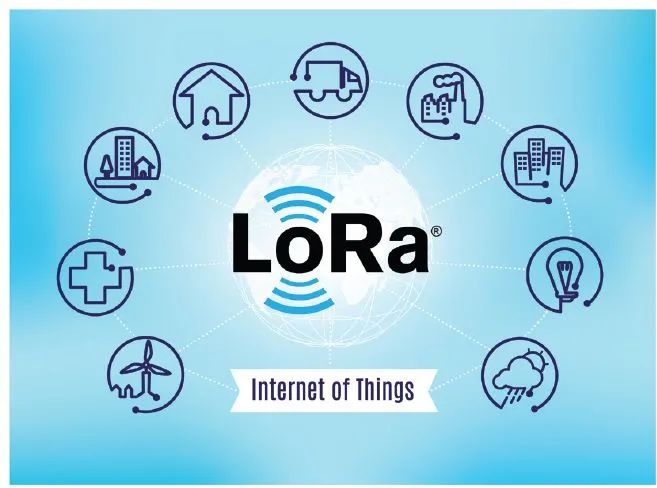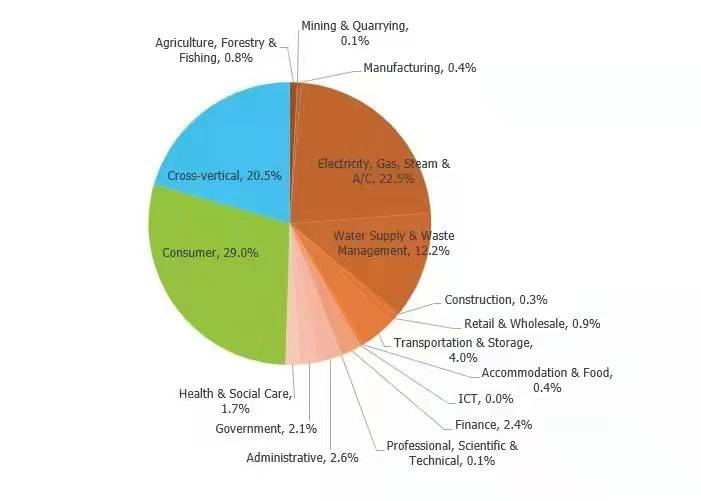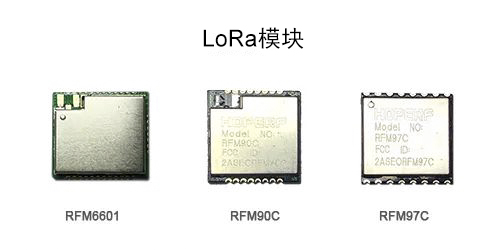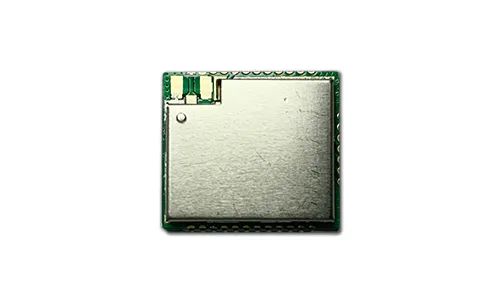HOT Search
Hot News

On the one hand, LoRaWAN has become an international standard, which will speed up the digital transformation process of countries around the world and enrich the means of digital transformation in various countries through the unification of standards; on the other hand, LoRa globalization has further benefited, ensuring the development of enterprises that have previously chosen LoRa ecology. It will boost the further development of LoRa ecology.
As a mature IoT connection technology, LoRa has outstanding features in high performance, long distance, low power consumption, and supports large-scale networking, ranging and positioning, making it a kind of large-scale promotion and application of the IoT.
According to official data from the LoRa Alliance, as of early January 2020, a total of 130 million LoRa terminals were in use, and a total of more than 500,000 LoRaWAN gateways were deployed, and these gateways are enough to support more than 2 billion LoRa terminal devices.
According to the analysis of Transforma Insights, from the perspective of industry applications, by 2030, more than half of LPWAN connections will originate from vertical industry applications, 29% will originate from the consumer market, and another 20.5% of connections will be cross-vertical industry applications. Typical is a general location tracking device. Among all vertical industries, the vertical industries with the largest number of connections are energy (electricity, gas, etc.) and water services. Mainly, various types of meters realize remote transmission through LPWAN, accounting for 35% of the number of connections, while other industries only account for about 15%.
Distribution of LPWAN connections across industries in 2030
(From Transforma Insights)
From an application perspective, lora is used in smart buildings, smart industrial parks, asset tracking, power and energy management, metering, fire protection, smart agriculture and livestock management, epidemic prevention and control and medical health, satellite applications, intercom applications, etc. have been widely and successfully applied in various fields.
As a senior supplier in the field of domestic analog and mixed-signal semiconductors, HOPERF has joined the LoRa Alliance as early as 2019 and has launched a series of LoRa module products, which have been used in smart meter reading, smart home, security monitoring, building automation, etc. It is widely used in many fields and has the advantages of low cost, low power consumption and high integration.
With the emergence of more intelligent and miniaturized equipment needs, the dual-chip solution of MCU main control chip and LoRa transceiver chip can no longer meet customer application requirements. Terminal equipment manufacturers urgently need a device that can combine MCU and LoRa into one. Highly integrated single-chip solution.
HOPERF RF5401 is a domestic low-power wide area network wireless communication SoC chip that supports LoRa modulation method. It integrates a 32-bit MCU and LoRa radio frequency transceiver on a single chip. It can support up to 256KB FLASH and 64KB SRAM, which ensures Excellent radio frequency performance, while taking into account low power consumption design, it can support a maximum receiving sensitivity of -148dBm and a maximum transmit power of 22dBm. RF5401 can also support multiple modulation methods of LoRa/FSK/MSK/BPSK, as well as the LoRaWAN protocol stack. The built-in hardware security algorithm engine of RF5401 not only supports mainstream security algorithms such as AES and DES, but also supports the national secret SM2/3/4 security algorithm.
The RFM6601 module designed and developed by HOPERF based on the RF5401 chip greatly lowers the user design threshold, saves a lot of time and reduces the bill of materials and operating costs. It is especially suitable for projects with high-volume applications and projects that require customized design. RFM6601 can provide long-distance, low-power consumption LPWAN solutions, which can be applied to data collection and analysis of infrastructure, street lights, traffic, meter reading, positioning, construction, etc., as well as smart homes, energy conservation and emission reduction, environmental testing, and industrial manufacturing. etc. can also be widely used.
For now, LoRaWAN's official approval by ITU as a global IoT standard is a boost to the global IoT industry. Especially under the dual pressures of the current epidemic and core shortage, it has injected a burst of momentum into the development of LPWAN and even the entire IoT field. cardiac. HOPERF will also gradually launch more LoRa module products based on SoC chip RF5401 to accelerate application upgrades and promote the healthy and rapid development of the industry.